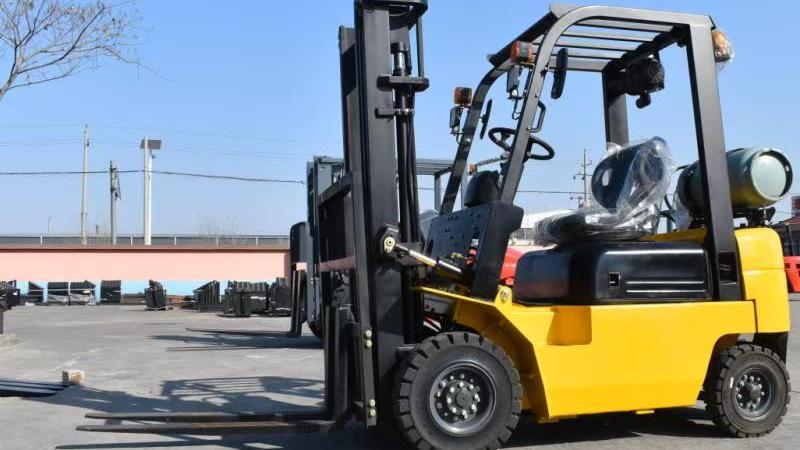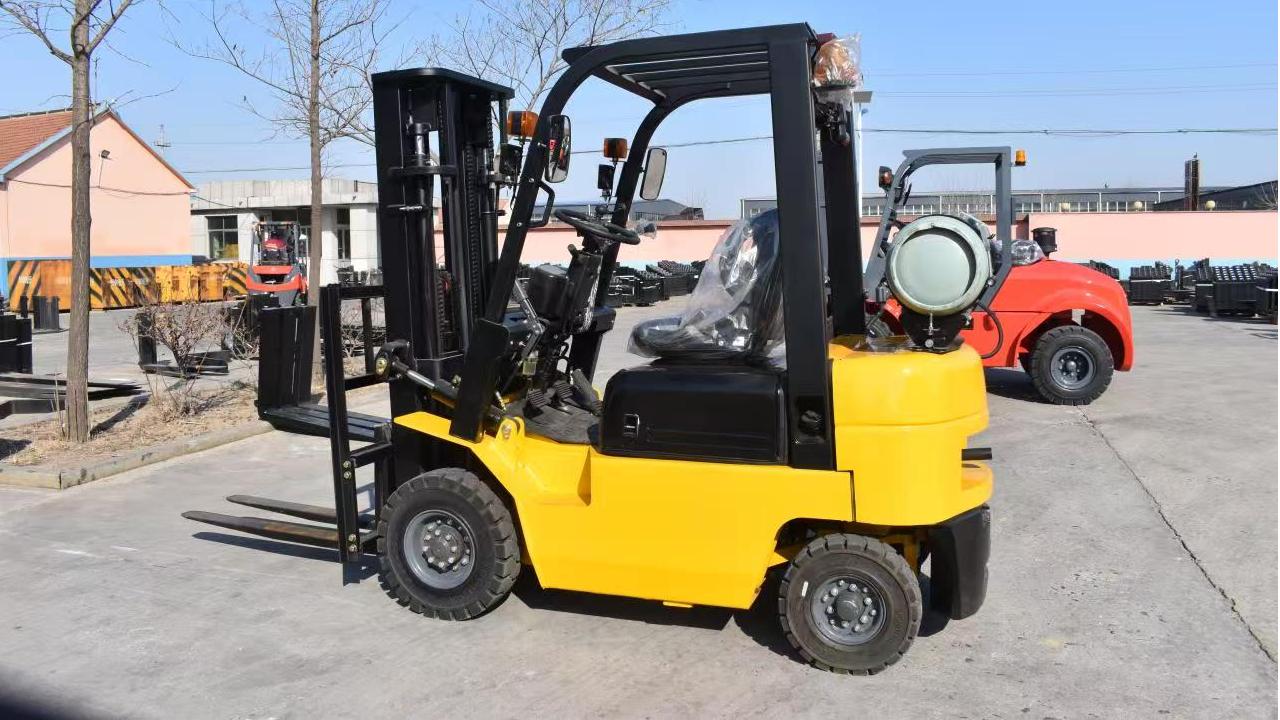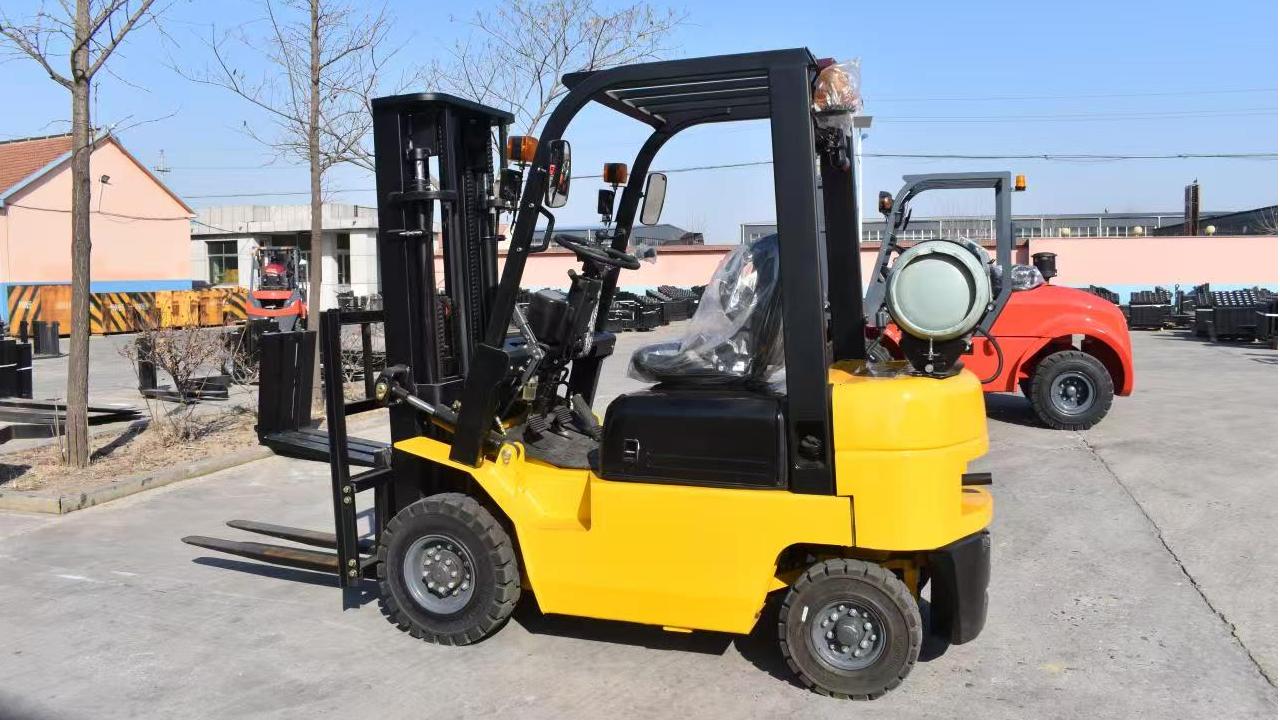What Maintenance Does a Dual-Fuel Forklift Require?
1. Introduction
Dual-fuel forklifts, powered by both LPG (liquefied petroleum gas) and gasoline or diesel, are increasingly popular in industries that require versatility, flexibility, and cost efficiency. These forklifts are commonly used in warehousing, manufacturing, logistics, and distribution centers. To ensure optimal performance, safety, and longevity, regular maintenance is essential. This article explores in detail the maintenance requirements of dual-fuel forklifts.
2. What is a Dual-Fuel Forklift?
A dual-fuel forklift operates using two different types of fuel: typically LPG combined with gasoline or diesel. This allows operators to switch between fuels based on availability, cost, or operational needs. Dual-fuel forklifts offer the benefit of longer run times, reduced emissions, and the flexibility to work both indoors and outdoors.
3. Key Components of a Dual-Fuel Forklift
Internal Combustion Engine
LPG System: Tank, regulator, fuel lines, injectors
Gasoline/Diesel System: Fuel tank, carburetor or injectors
Hydraulic System
Transmission and Drivetrain
Battery and Electrical System
4. Importance of Regular Maintenance
Ensures operator safety by preventing accidents from fuel leaks or mechanical failure.
Maximizes performance and efficiency.
Reduces unexpected downtime and costly repairs.
Helps meet environmental regulations and emission standards.
5. Daily Maintenance Checklist
Inspect LPG and gasoline tanks for leaks or damage.
Check hoses, fuel lines, and connectors.
Test brakes, tires, lights, and horns.
Inspect hydraulic oil levels.
Check steering and control functions.
6. Weekly Maintenance Tasks
Clean or replace air filters.
Inspect drive belts and hoses for wear.
Check engine oil and coolant levels.
Test battery condition.
Verify proper fuel switching operation.
7. Monthly and Quarterly Maintenance
Replace engine oil and oil filter.
Inspect spark plugs and ignition system.
Check and clean LPG regulator and fuel filter.
Inspect mast, chains, and hydraulic components.
Conduct emissions testing.
8. Annual Maintenance and Major Servicing
Full engine inspection.
Replace worn or aging LPG hoses and seals.
Pressure test LPG system.
Inspect and service brake systems.
Comprehensive hydraulic system check.
9. Maintenance Specific to LPG System
Visual inspection of LPG cylinders and expiry dates.
Cleaning of regulators and mixers.
Leak detection using soap solution.
Proper LPG tank storage and handling.
10. Maintenance Specific to Gasoline/Diesel System
Replace fuel filters regularly.
Inspect fuel lines for cracks or leaks.
Check carburetor or injector performance.
Emission system maintenance.
11. Common Maintenance Mistakes to Avoid
Skipping scheduled services.
Using incorrect fuel or lubricants.
Ignoring small leaks or warning signs.
Failing to document maintenance activities.
12. Safety Tips During Maintenance
Always work in ventilated areas.
Wear gloves, eye protection, and safety gear.
Keep fire extinguishers nearby.
Allow engine cooling before servicing.
13. Signs That Maintenance is Overdue
Hard starting or engine misfiring.
Unusual fuel consumption.
Visible leaks or strong LPG odor.
Poor lifting performance.
14. Cost Considerations for Maintenance
Routine maintenance is cheaper than major repairs.
Budget for parts like filters, hoses, and spark plugs.
Consider long-term savings from preventive care.
15. Training and Professional Servicing
Engage certified forklift technicians for complex servicing.
Follow manufacturer service manuals and guidelines.
16. Future Trends in Dual-Fuel Forklift Maintenance
Increased use of telematics for predictive maintenance.
Advancements in cleaner fuel technologies.
Growing emphasis on automation and digital diagnostics.
17. Conclusion
Maintaining a dual-fuel forklift is essential for operational efficiency, safety, and cost management. By following regular maintenance schedules and addressing issues early, businesses can extend the lifespan of their forklifts and minimize downtime, while ensuring compliance with safety and environmental standards.
Post time:Jul.11.2025



